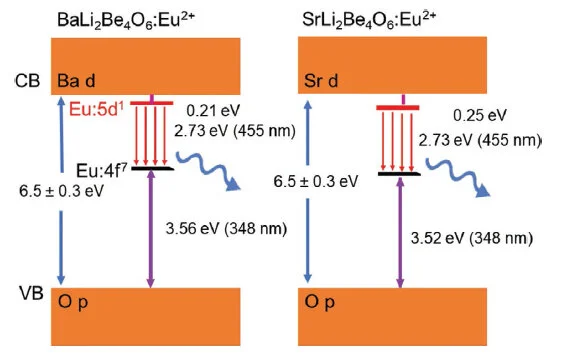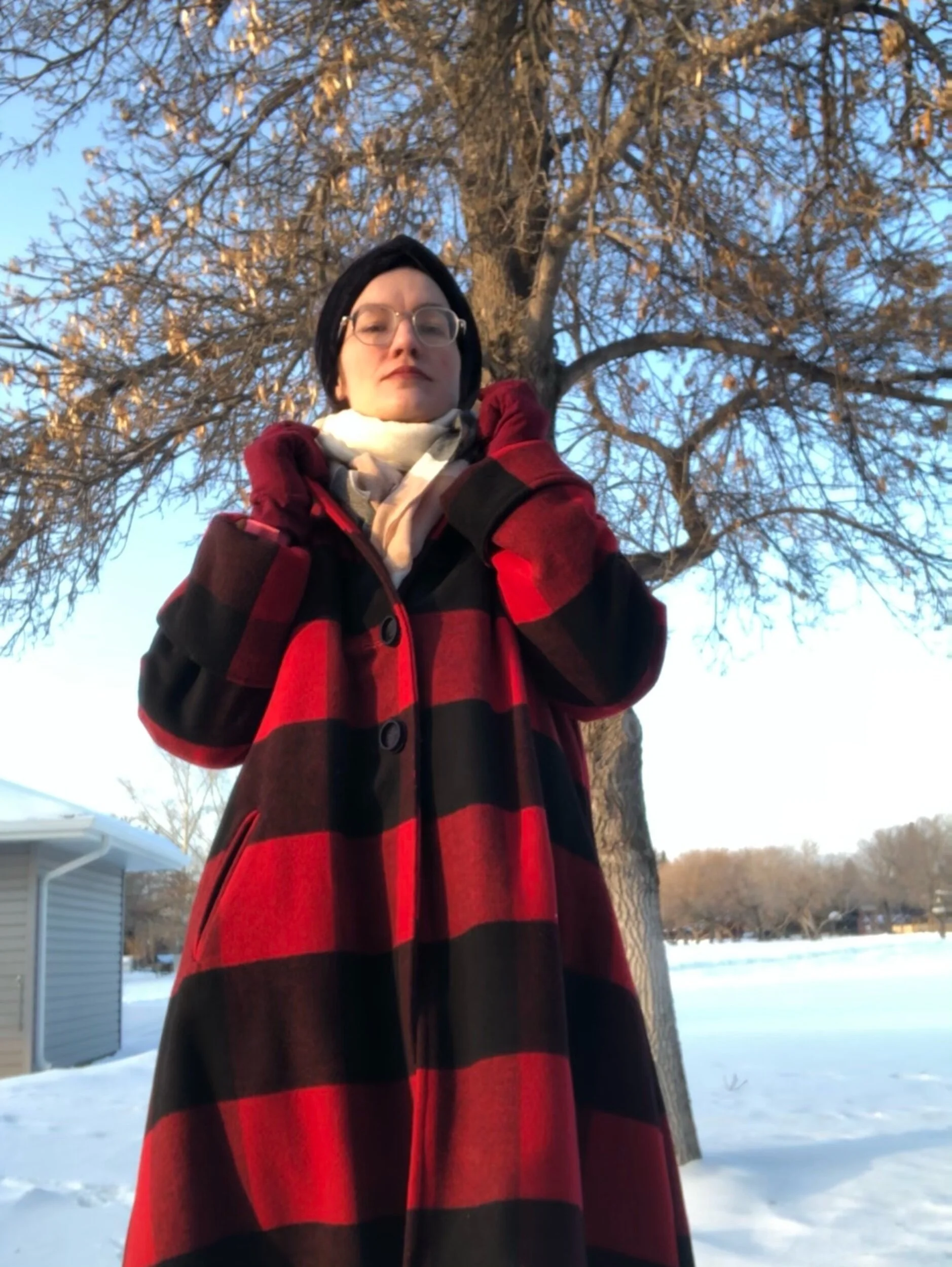Designing energy efficient, high output, perfectly tinted LEDs
Scientists have combined experimental data gathered at the Canadian Light Source at the University of Saskatchewan and theoretical data to build deep insight into two types of light emitting crystals for next-generation LEDs.
“When we have means of creating more efficient lighting, this has a huge environmental impact,” says Alexander Moewes, Canada Research Chair in Materials Science with Synchrotron Radiation at the University of Saskatchewan, who cites that lighting accounts for 15-20% of global electricity consumption, and therefore for roughly 5% of worldwide greenhouse gas emissions.
His work to improve LED technology focuses on finely tuning and understanding the effect of different crystals in LED phosphors to get precise performance properties, including colour and amount of light output.
Tristan de Boer, Patrick Braun, Ruhul Amin, Alexander Moewes and Amir Qamar outside the Physics building at USask
“Getting these properties right is important, since our eyes are incredibly sensitive to the colour of light, whether it is too green or red,” explains Moewes.
Moewes and Ph.D. student Ruhul Amin collaborate closely with Lumileds in Aachen, Germany, the world’s third largest LED manufacturer, in order to directly apply this fundamental research to real-world solutions.
Their most recent publication in Advanced Optical Materials lays the groundwork for informed design of LED materials, the direction Moewes hopes to move the team’s work towards.
Energy level diagram of BaLi2Be4O6:Eu2+ and SrLi2Be4O6:Eu2+. All energy levels, band gaps and luminescence wavelengths were measured at beamlines at the CLS. The band gap was also confirmed by calculations.
“We now study how different host crystals affect performance. We want to go the other way and design them through informed decisions guided by our calculations before the material is synthesized,” he says.
Energy level diagram of BaLi2Be4O6:Eu2+ and SrLi2Be4O6:Eu2+. All energy levels, band gaps and luminescence wavelengths were measured at beamlines at the CLS. The band gap was also confirmed by calculations. Figure courtesy Alex Moewes.
Their calculations are a key part of the team’s success, along with the use of cutting-edge experimental techniques. The comparison of real-world measurements enabled by custom built experimental tools at CLS and their calculations provides more detailed insight.
The equipment they built at the REIXS beamline at CLS for this work allowed them to specifically look at the energy levels within europium and when light is released because electrons transition in the material between energy levels. The Moewes team was the first to devise a technique to take these measurements.
Armed with this information which confirms the power of their predictive models, the group can begin the work of designing finely tuned crystal structures for low energy loss, high output, perfectly tinted LEDs for lighting applications.
Amin, Muhammad Ruhul, Philipp Strobel, Amir Qamar, Tobias Giftthaler, Wolfgang Schnick, and Alexander Moewes. "Understanding of Luminescence Properties Using Direct Measurements on Eu2+-Doped Wide Bandgap Phosphors." Advanced Optical Materials (2020): 2000504. DOI: 10.1002/adom.202000504.
Story first appeared on the Canadian Light Source news page




